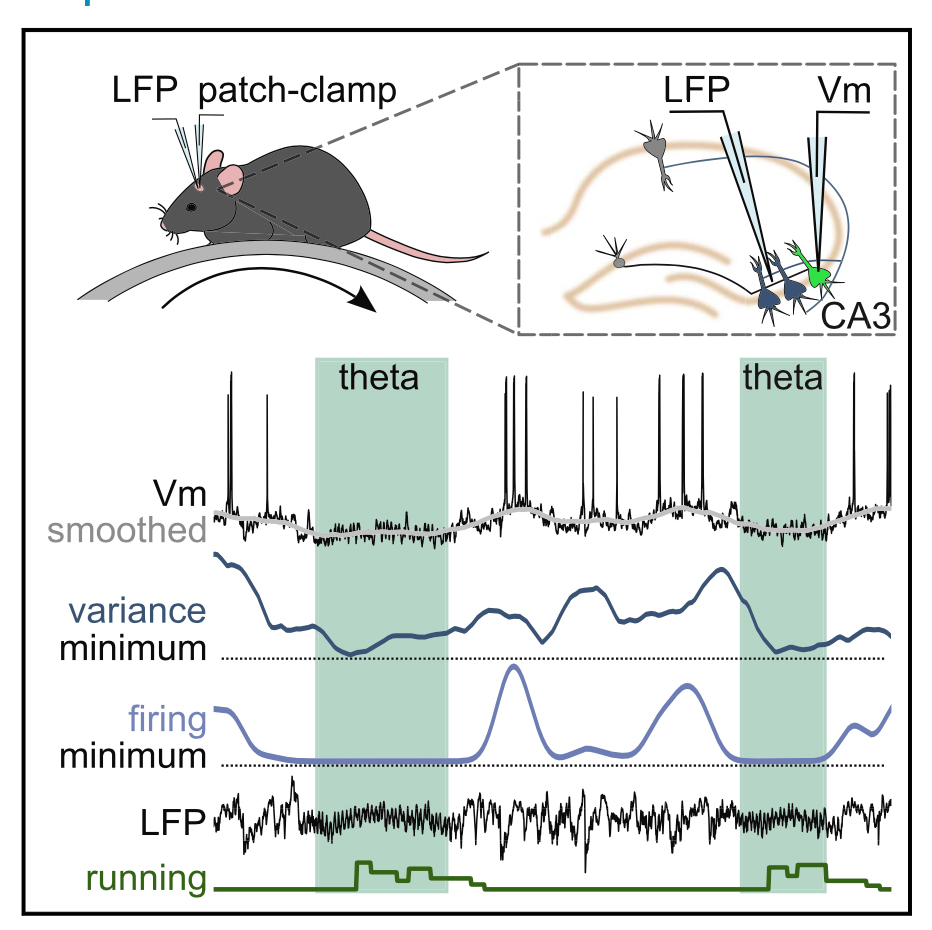Team : MULLE_CARTA
Research Projects
Operation and plasticity of CA3 circuits in the context of memory encoding and brain states
Project Leader(s): Christophe Mulle
CA3 neurons integrate spatial and non-spatial information through anatomically ordered inputs displaying striking organizational and functional features (e.g. autoassociative CA3 network, parallel direct vs. indirect cortical inputs and detonator properties of inputs from the DG). Computational theories propose that CA3 rapidly stores information through synaptic plasticity in the autoassociative recurrent network with the assistance of powerful inputs from the DG. Yet, this has not received direct experimental confirmation.
Using electrophysiological and live imaging methods in vitro and in vivo, combined with gene transfer techniques and novel optogenetic toolkits, we characterize the mechanisms of synaptic specification and plasticity within CA3 circuits, with a focus on connections between the dentate gyrus (DG) and CA3. We record the intracellular dynamics of CA3 neurons in vivo in head-fixed behaving mice in relation to brain states and memory encoding. We have for instance discovered that within theta, an activity and memory related brain state, a majority of CA3 pyramidal cells hyperpolarize, creating the neuronal context for the emergence of engram cells (*Malézieux, *Kees, Mulle, 2020).

We explore functional properties of CA3 pyramidal cells involved in neuronal assemblies in slices ex vivo shortly after one-trial exposure to a new multimodal context, using newly developed viral tools to label engram neurons. We seek evidence for synaptic and intrinsic plasticity induced by learning. We assess the degree of connectivity between activated CA3 PCs (engram cells) in slices ex vivo. We will use optophysiological (2P) mapping techniques followed by paired patch-clamp recordings.
Fundings
to fill